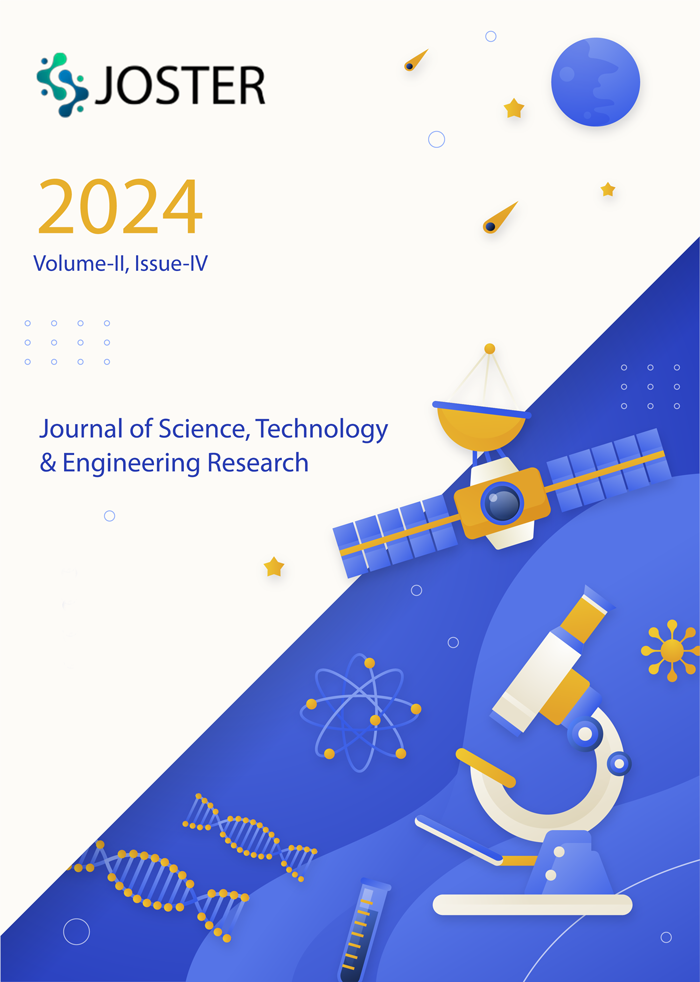Graph Neural Networks, Analytics, and AI for Fraudulent-Seller Detection: Methods, Evaluation, and Impact on Future Trends
Keywords:
Graph Neural Networks, Fraud Detection, E-commerce, Heterogeneous Graphs, Temporal GNNs, Explainable AI, Adversarial RobustnessAbstract
Online marketplaces have become fertile ground for sophisticated fraudulent-seller schemes that harm consumers, erode platform trust, and produce large economic losses. Graph Neural Networks (GNNs) which directly model relational structure have rapidly emerged as a leading computational paradigm for capturing the multi-party interactions and network motifs that characterize marketplace abuse. This article synthesizes theoretical foundations, model families, data engineering best practices, evaluation procedures, interpretability and robustness requirements, and regulatory/operational implications for applying GNNs to detect fraudulent sellers. We draw on foundational GNN literature (GCN, GraphSAGE, GAT, R-GCN), domain surveys, representative fraud datasets and industry deployments, and recent advances in temporal and heterogeneous graph modeling. We also analyze adversarial vulnerabilities, explainability tools (e.g., GNNExplainer), privacy constraints, and the policy landscape (EU AI Act, U.S. enforcement guidance) that will shape real-world adoption. Finally, we outline a research agenda and pragmatic road map to put GNN-based detection systems into production while mitigating risk. Key contributions: (1) a unified, reproducible problem formulation for fraudulent-seller detection on heterogeneous, temporal marketplace graphs; (2) prescriptive modelling and evaluation protocols that improve fairness, interpretability, and robustness; (3) a discussion of industry adoption patterns and regulatory constraints; (4) an outlook on how edge/embedded ML, privacy-preserving computation, and new compute paradigms will influence future detection systems.
Downloads
Published
Issue
Section
License
Copyright (c) 2024 Frontier Robotics and Artificial intelligence Journal

This work is licensed under a Creative Commons Attribution 4.0 International License.

